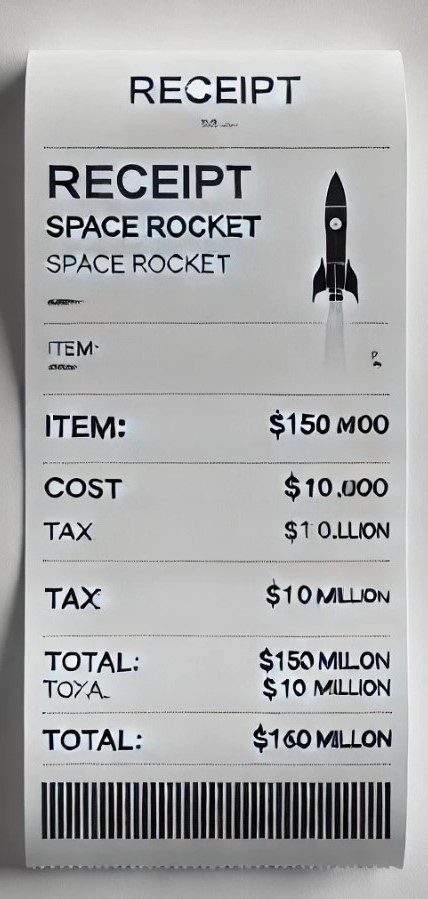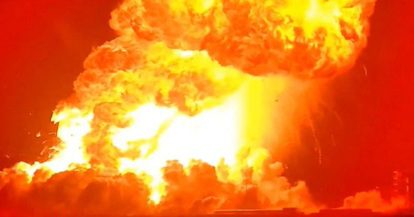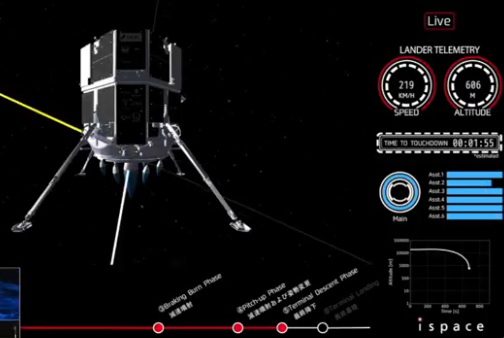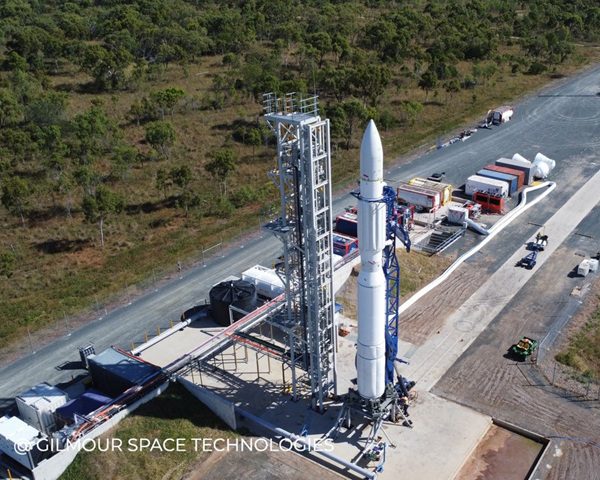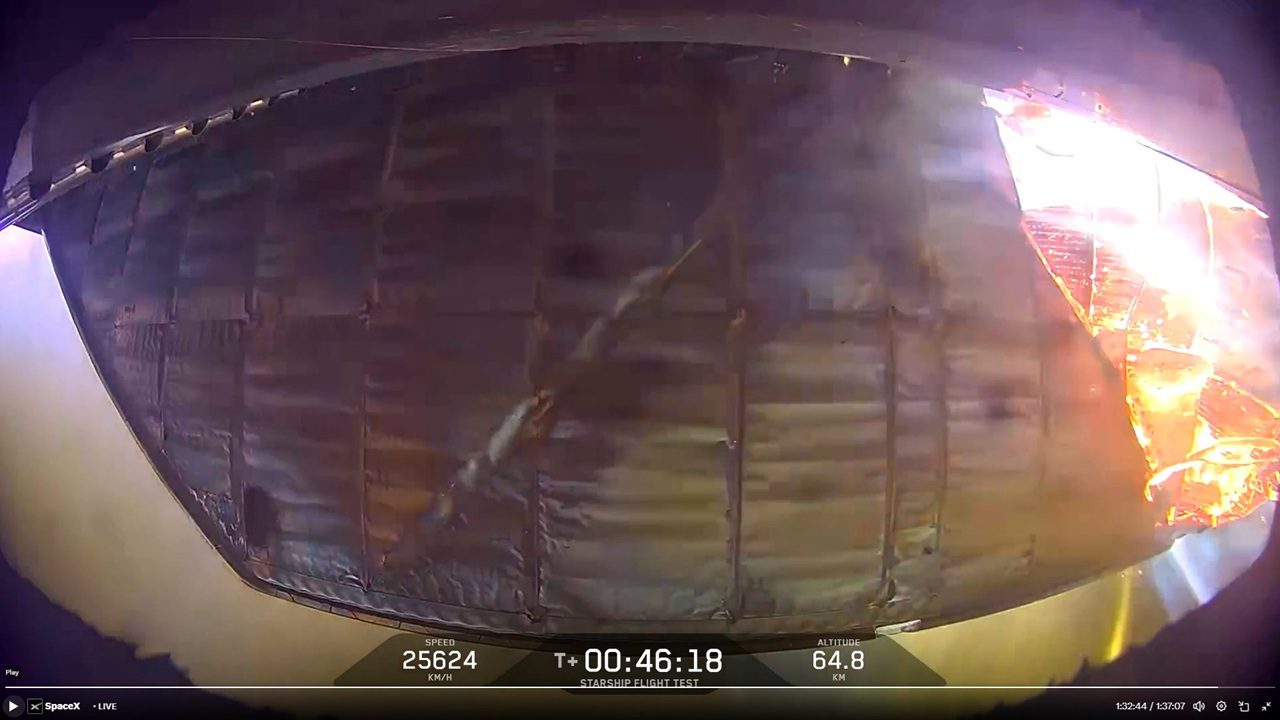credit: Energia
This would seem to make perfect sense with the potential cargo return crunch that could occur if Shuttle is retired in 2010 and NASA’s Commercial Orbital Transportation Services demonstration and Commercial Resupply Services programmes do not deliver in time. With ESA’s member states hobbling that agency’s efforts to turn its Automated Transfer Vehicle into a re-entry capable craft for cargo return the Russians once again are readying themselves to coin it inThe Soyuz cargo return vehicle idea was presented by Energia official Nikolay Bryukhanov at the ISTS’ 26th International Symposium on Space Technology and Science, held in Hamamatsu city in Japan in 2008
Bryukhanov’s presentation was about the future of Russian space transportation systems and bar perhaps a hopeful slide referring to Kliper (surely a dead duck?) it contains interesting material about Crew Space Transportation System aka CSTS, known to the Russians as Advanced Crew Transportation System (ACTS), and gives the impression that whenever the ISS’ working life is ended the Russian segment will actually live on by undocking from the US segment, which is likely to splashdown in the Pacific ocean
On ACTS Bryukhanov’s presentation explains that the vehicle’s powered descent rockets ignite between 600m (1,970ft) and 800m altitude and that precision landing sytems engaged at 30m, I guess that’s when those landing legs are extended. It shows an extended service module section for lunar ACTS flights
Looking at the ISS on the left hand side of this image the smaller left side portion of the ISS structure with the blue solar arrays, not the larger move coloured arrays, is part of the Russian ISS segment and the science power modules that Russia plans to launch in 2014 and 2015 can just about be made out (with those arrays). Looking at the space station image on the right it becomes clear that this new station is in fact made of the science power modules and other modules
credit: Energia

